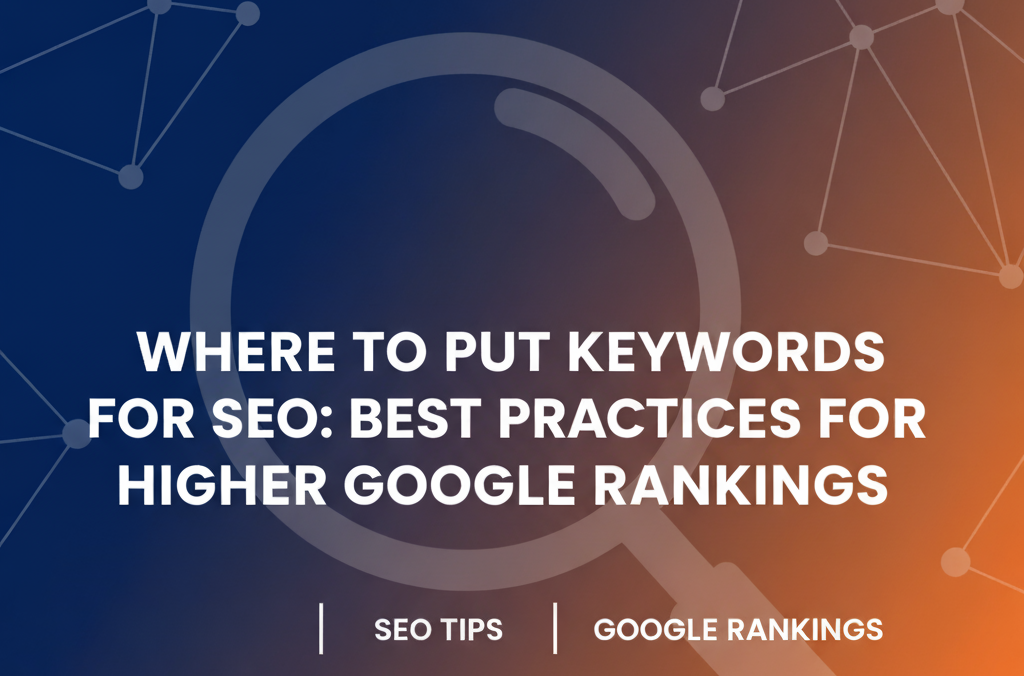Introduction to Semantic Content Networks
Semantic Content Networks are advanced content architectures—interconnected ecosystems where each content asset (nodes) is bound by semantic relationships (links) grounded in meaning, context, and topical relevance. This transforms static, isolated pages into dynamic webs of knowledge that both search engines (including LLMs) and humans can easily interpret Result Optimization.
Key terms: Semantic SEO, content clustering, knowledge architecture, entity linking, structured data, topical authority.
Why Semantic Content Networks Are Vital
1. Empowering AI and Large Language Models (LLMs)
Semantic Content Networks elevate an LLM’s comprehension of your site by mapping explicit relationships between entities and concepts. This enables enhanced contextual understanding, accurate knowledge graph creation, and improved source trust signals—all integral to optimizing for AI-driven search results Result Optimization.
2. Enhancing User Experience and Topical Authority
These networks foster intuitive navigation—users traverse logically connected content rather than random pages, building stronger engagement and trust. By showcasing breadth and depth, they establish undeniable topical authority, signaling both to users and search engines that your site is a comprehensive resource Bruno Jones.
Ben Stace’s Approach to Semantic SEO & Network Design
Ben Stace is recognized for pioneering semantic SEO with techniques that center around meaning and context beyond traditional keywords Gimkit. His core strategies include:
- Topic Mapping & Cluster Strategy
Structuring content into topic clusters anchored by core entities and related subtopics—for example, creating a pillar post like “What is Semantic SEO?” surrounded by pieces such as “Semantic SEO vs Traditional SEO” or “Google NLP and Entity Salience”. - Entity-Centric Optimization & Schema Markup
Using structured data (e.g., FAQPage, Article, Author) and clear entity definitions in headings/links to improve semantic clarity and SERP features like rich snippets. - EEAT Principles & Intent Alignment
Crafting content with author credibility, real examples, transparent sourcing, and FAQs that address “People Also Ask” queries in a clear, conversational tone. - Technical Tools & Internal Linking
Leveraging platforms like InLinks, MarketMuse for semantic analysis; testing structured data; deploying BLUF (Bottom Line Up Front) for readability; and strategically interlinking content to reinforce semantic relevance Gimkit.
Blueprint: Building a Semantic Content Network (Ben Stace Style)
| Step | Description |
| 1. Topic Mapping | Identify and map core entities, user intents, and subtopics. |
| 2. Divide into Modular Content Nodes | Write focused, standalone content blocks (e.g. FAQs, definitions, use-cases). |
| 3. Semantic Linking | Use descriptive anchor text and contextual surrounding copy to define relationships (e.g., “explains,” “is part of,” “provides evidence for”) Result Optimization. |
| 4. Implement Structured Data | Apply schema markup reflecting content types and entities. |
| 5. Test & Monitor | Use tools like Google Search Console and Structured Data Testing Tool to refine semantic signals. |
| 6. Update & Refresh | Maintain relevancy and EEAT by regularly enhancing content.. |
Real-World Outcomes: Traffic, Rankings, Engagement
Websites using semantic content networks often see:
- Higher organic traffic and improved rankings across long-tail, related queries.
- Featured snippets and People Also Ask visibility.
- User retention gains through engaging and exploratory content paths.
- Conversion growth (e.g. for e-commerce or niche service sites) by building trust and authority.
Community Insight (Reddit Perspective)
In digital marketing forums, professionals emphasize user engagement benefits:
“They help organize content in a way that makes sense, so people can find what they’re looking for without getting frustrated… link related articles and resources together… users find related information and makes your site feel more connected.”
Reddit
Semantic SEO Keywords & LSI Terms to Include
- Primary Keywords: Semantic Content Networks, Semantic SEO, Ben Stace.
- Secondary/LSI Keywords: content clusters, topical authority, EEAT, entity optimization, schema markup, knowledge graph, semantic linking, topic mapping, structured data SEO.
- Long-Tail Keywords: “how to build semantic content networks,” “semantic SEO case study Ben Stace,” “semantic linking strategies for SEO.”
Conclusion: The Strategic Advantage
Integrating Ben Stace’s semantic content network framework blends strategic content architecture with deep semantic signals—positioning your website as a trusted, AI-friendly knowledge hub. This approach yields not only SEO gains but also improved user engagement and authority.






